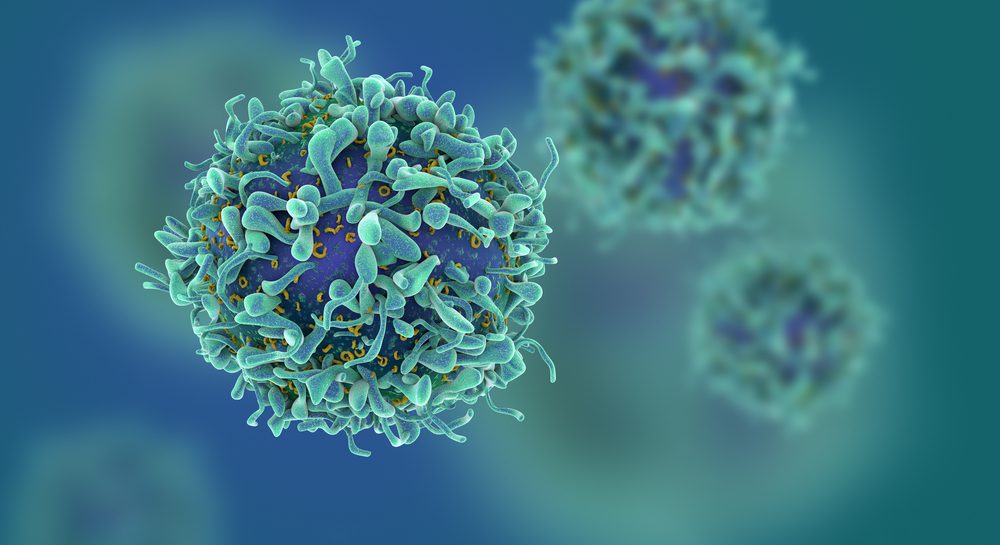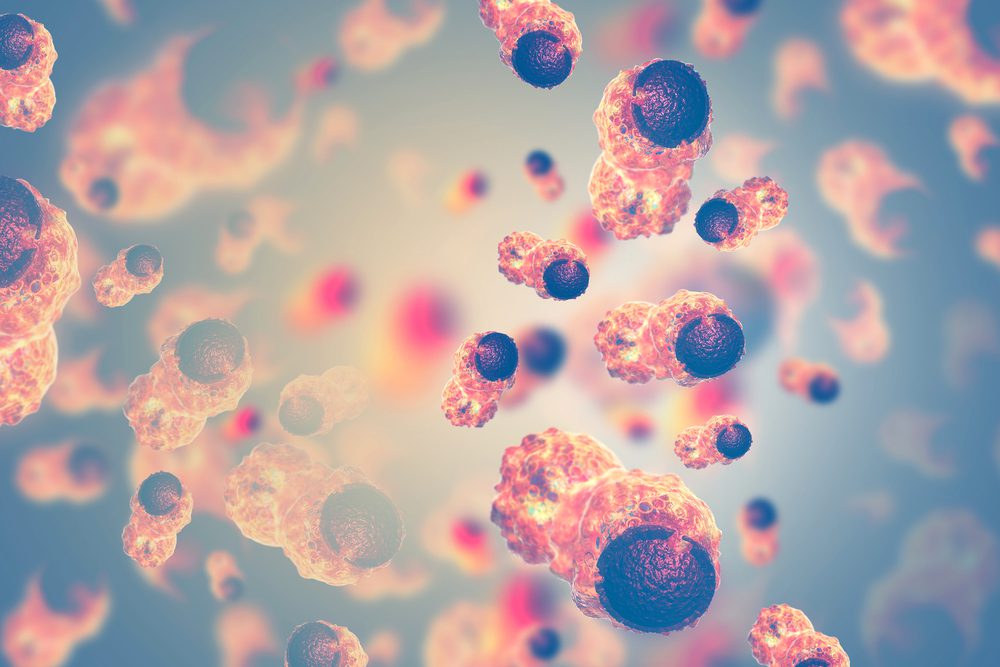Endometriosis is a very serious health condition, where tissue similar to the lining of your uterus slowly builds up on organs outside the uterus. This tissue mainly responds to hormones like the lining of your uterus does. It basically builds up and breaks down every month, only it can’t really flow out of your body through the vagina.
As a result, it could cause tons of pain, heavy bleeding, and even fertility issues, among many other symptoms. It could seem quite logical that when your periods stop, endometriosis also does. Well, that’s not always the case.
Moreover, in 2 to 5 percent of cases, this condition goes on after menopause. It’s quite rare, but it can happen. If you suffer from endometriosis after menopause, it’s essential to know your treatment options. If you leave it untreated, it can also pose a series of health risks.

Can you have endometriosis after menopause if you never had it before?
Endometriosis after menopause is definitely more likely if you’ve been diagnosed with the condition earlier in life. However, this condition could start after your menopause kicks in. In some cases, it starts as many as 10 years later.
Researchers believe the growth of these uterus-like cells might be “switched on” by something in your genetic background or something in your surroundings that affected your genes. More often than not, women discover they suffer from endometriosis when they go to the doctor.
They present symptoms like increased pelvic pain, pain when having a bowel movement, pain when urinating, and constipation.
Will endometriosis go away after menopause?
During menopause, your body makes much less of the hormone estrogen. In most cases, that means the symptoms of endometriosis lessen. They could even revolve completely. That’s mainly because this type of tissue needs estrogen to grow.
However, for a small number of women, endometriosis goes on after menopause. If you had severe endometriosis before your periods stopped, you’re way more likely to have symptoms afterward.
If you take hormone replacement therapy (HRT) to help with your symptoms or try to reduce the risk of bone loss and heart disease, the hormones in HRT could “re-activate” your endometriosis.
Naturally, more research is needed to fully understand the risks involved for women with endometriosis, especially those who want to use HRT during menopause. It’s also important to discuss the risks and possible rewards with a healthcare professional as you consider such options.
How is postmenopausal endometriosis diagnosed?
If you want to find out whether or not you suffer from endometriosis, a medical professional can use different tools, including:
- pelvic exam – this exam will let your healthcare professional feel any growths or scar tissue that could have formed because of endometriosis
- ultrasound – an abdominal ultrasound uses sound waves to create pictures of cysts that could have formed in your pelvis
- computed tomography (CT) – a CT scan uses rotating X-rays to detect changes in the shape of the organs in your abdomen
- magnetic resonance imaging (MRI) – an MRI uses a specific magnetic field to establish details of all the places where endometrial tissue has implanted in your abdomen.
- laparoscopy – During this type of procedure, a surgeon makes a small cut close to your belly button and inserts a small camera that shows where endometrial tissue is located in your abdomen.
How is endometriosis treated during and after menopause
Plenty of health experts said that the best option for endometriosis in menopause is to remove it through surgical procedures. By it, we mean those areas of endometrial tissue known as “implants”. That way, there’s a lesser risk that they could later become cancerous and also there are fewer chances they will cause other health issues.
It’s also important to understand that surgery won’t necessarily cure the condition. There’s a high chance it could recur much later. If surgery isn’t the right option for you, your doctor could prescribe progesterone, a well-known reproductive hormone, aromatase inhibitors, known to block the production of estrogen, and NSAIDs, which can reduce inflammation.
All these treatments can easily help with pain and slow the growth of other implants.
What are the potential complications of such a condition after menopause?
It’s very important to treat endometriosis which starts after menopause. There’s increasing evidence that this condition can easily continue spreading to other areas in the abdomen. In some instances, it can even block the bowel or urinary tract.
Untreated endometriosis after menopause can easily raise your risk of cancer. Research also shows that about 1 to 3 percent of those with such conditions develop cancer in areas where they suffer from endometriosis. Your risk could be slightly higher only if you use hormone replacement therapy.

Endometriosis and early menopause
Early natural menopause occurs before age 45. Its onset is not triggered by surgery or any other intervention, and it brings a woman’s years of reproduction to a halt much sooner than anticipated.
It has also been linked with higher risks of cardiovascular disease and early death. Even if the adverse effects of early menopause are well-known, inadequate study has been applied to the association between endometriosis and the timing of menopause.
A statistically significant association was discovered between endometriosis and early natural menopause. The study that confirmed the theory was published in January 2022 on the JAMA Network Open, and it’s one of the only investigations of its nature.
Researchers from a wide range of universities and colleges analyzed the data of 106,633 women between the ages of 25 and 42 who took part in the Nurses/ Health Study II. This was a long-term study in which every woman would fill in a survey every two years between 1989 and 2015.
They widely documented any change in health, diagnosis of conditions, and whether they’d transitioned into menopause or not. After a thorough analysis that occurred between October 2020 and April 2021, the researchers came to the conclusion that endometriosis could be one important factor contributing to early natural menopause. This means that people who had laparoscopically confirmed endometriosis could have a shorter reproductive span.
More researchers studied the link between endometriosis and menopause
This is one of the largest studies into how endometriosis and perimenopause could be linked, but it isn’t the first time doctors sought to examine exactly how perimenopause and menopause may impact patients with endometriosis.
Back in 2019, researchers published “Keeping an Eye on Perimenopausal and Postmenopausal Endometriosis” in the Journal of Diseases. By carefully examining the clinical records of perimenopausal and postmenopausal women who had this condition, they came to the conclusion that advanced endometriosis was way more prominent in perimenopausal people, compared to postmenopausal patients.
But even if experiencing endometriosis while you are postmenopausal is less common, researchers described it as an “important underestimated condition”, that doctors should keep on studying.
What to do if you notice signs of perimenopause
Any slight changes in your body and mood should be taken into consideration, especially if you are not sure what’s causing them. If you think you’re transitioning into menopause, then you should seek the advice of your OBGYN.
Ask them what you should expect, and tell them about the changes you have noticed, and any other discomforts you might have. If you experience low moods, then you should work with a therapist. If your estrogen levels have drastically decreased, you could consider taking birth control pills or exploring estrogen hormone therapy.
If you found this article interesting, we also recommend checking: Are You Still Complaining You Can’t Lose Belly Fat? Do THIS Instead!

























